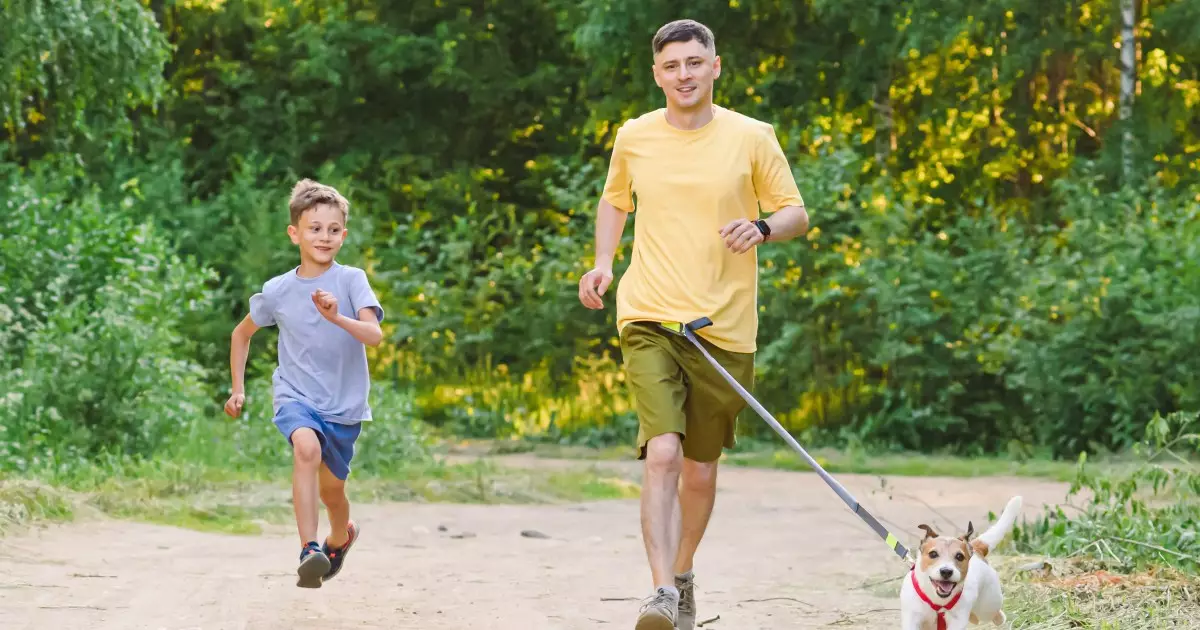As dog ownership grows in popularity, so does the need for practical and innovative solutions to enhance the experience for both pet and owner. Among the myriad options available, hands-free dog leashes have emerged as a game-changing tool for active individuals. This article delves into the advantages of hands-free leashes, ideal users, and key considerations when selecting the right product for you and your canine companion.
Walking a dog should be an enjoyable and stress-free experience, but traditional leashes often fall short of this ideal. Conventional leashes typically require the owner to maintain a firm grip, which can create limitations on movement and versatility. In contrast, hands-free leashes free up your hands, allowing you to engage in other activities like jogging, biking, or even handling a stroller while keeping your dog by your side. This added flexibility can make walks more enjoyable and productive, particularly for active lifestyles.
Hands-free dog leashes appeal to a wide demographic. Active individuals, such as joggers or cyclists, find these leashes especially useful as they promote seamless exercise sessions with their furry friends alongside. Moreover, individuals with mobility issues or injuries benefit greatly from the ability to attach leashes around their waist or to mobility devices, ensuring that their pup remains safe while they navigate their surroundings comfortably.
Parents with young children will also find hands-free leashes advantageous. The ability to push a stroller while co-walking with a dog minimizes the hassle of juggling multiple responsibilities. Even casual dog walkers who enjoy sipping their morning coffee while strolling can find hands-free leashes to be a practical solution for maintaining control over their pet active sessions without losing the pleasure of their drink.
Selecting the appropriate hands-free leash requires careful consideration of several factors. Firstly, it is vital to consider your dog’s size, breed, and strength. For particularly strong or heavy pullers, a different leash style or harness may be necessary to ensure safety and ease of use. The leash’s material must also be comfortable around your body—look for options that resist pinching or chafing.
Additionally, think about your walking environment. If you frequently walk in dimly lit areas or heavy traffic, consider a leash with reflective features or vibrant colors to enhance visibility, keeping both you and your dog safe.
To maximize the benefits of a hands-free leash, both you and your dog need to be adequately trained. Begin this process by allowing your dog to get accustomed to the leash. Attach it while in a familiar space, such as your home or backyard, and encourage them with treats and praise to create a positive association.
Ensure the leash fits snugly yet comfortably around your waist in anticipation of use. It should provide security without restricting your movement or breathing, allowing for a fluid walking experience.
The market offers a variety of hands-free leashes tailored to different needs. Consider a crossbody option designed for small to medium-sized dogs, ideal for those with low pulling power. Alternatively, some leashes come equipped with storage solutions, such as fanny packs, to hold essentials like treats and water, making excursions more convenient.
If you have multiple dogs or frequently jog with your pets, look for a dual-leash system that provides options for easy management alongside a storage compartment for treats. Furthermore, selecting a leash with durable construction and built-in reflective patches can enhance safety during early morning or evening strolls.
Hands-free dog leashes offer an innovative solution for active pet owners seeking to maintain their lifestyle while ensuring their furry companions receive the attention and exercise they need. With improved designs that prioritize comfort, safety, and functionality, these leashes make it easier than ever to engage in quality time with your pet while tackling daily tasks or enjoying outdoor adventures. Transitioning to a hands-free system can lead to a more enjoyable walking experience, not only fostering a stronger bond between you and your dog but also promoting overall wellbeing.

